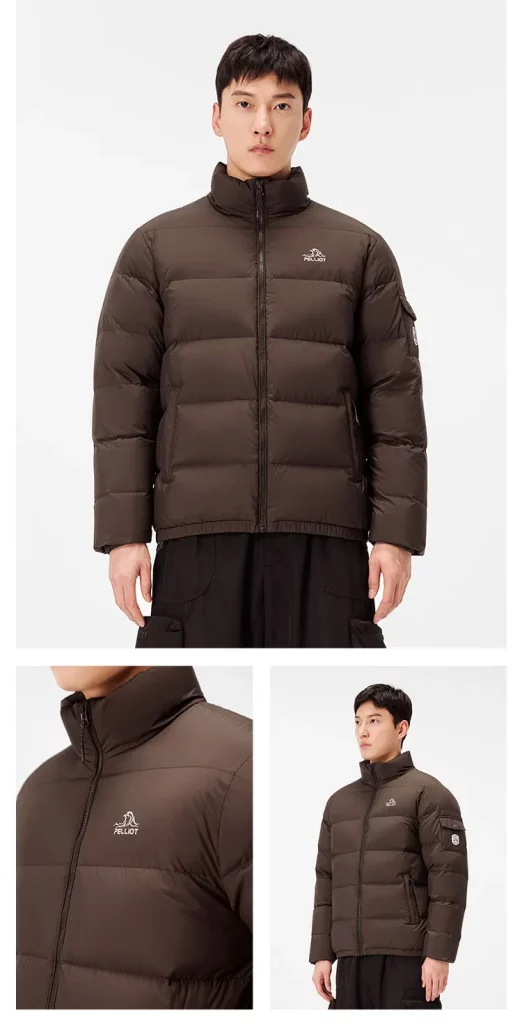When it gets freezing in winter, an 800 fill down jacket is your best buddy to fight the cold. These jackets are famous for being super warm without weighing you down. They’re light but keep you crazy warm.
Table of Content
- How warm is 800 fill down jacket?
- Is 800 fill down jacket waterproof?
- How to wash 800 fill down jacket?
- What brands make best 800 fill jackets?
- Are 800 fill down jackets durable?
- How to pack 800 fill down jacket?
- Can 800 fill down jacket get wet?
- What temperature for 800 fill jacket?
- How much does 800 fill jacket weigh?
- Is 800 fill down jacket ethical?
- Why choose 800 over 650 fill?
- How to repair 800 fill down jacket?
- Best layering with 800 fill jacket?
Whether you’re dealing with city winters or heading outdoors, knowing about 800 fill jackets helps you pick the right one. We’ll cover 12 important things – from how long they last to where the down comes from – so you can shop smart for this top-notch winter wear.
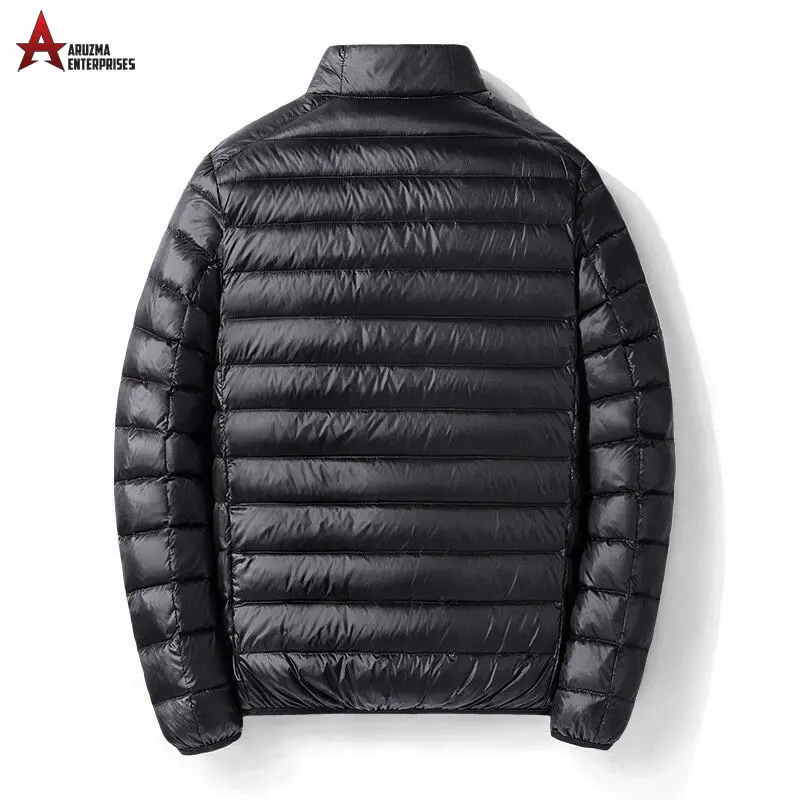
How warm is 800 fill down jacket?
An 800 fill jacket keeps you crazy warm. With the right layers, it can handle temps down to -20°F (-29°C).
Fill power tells you how puffy and warm the down is. 800 fill is top-notch – it holds more heat per ounce than lower numbers. An 800 fill jacket gives you 30% more warmth than a 600 fill one at the same weight. It’s also way toastier than synthetic options like PrimaLoft.
But how warm it really is depends on how the jacket’s made – the design of the pockets that hold the down and how much of you it covers. The way the down compartments are sewn makes a difference. Box-wall keeps heat better when it’s super cold out. Lots of mountain climbers and polar explorers love 800 fill jackets because they’re warm but don’t take up much space. In the city, these jackets can be too hot when it’s above freezing, making you sweat if you’re moving around.
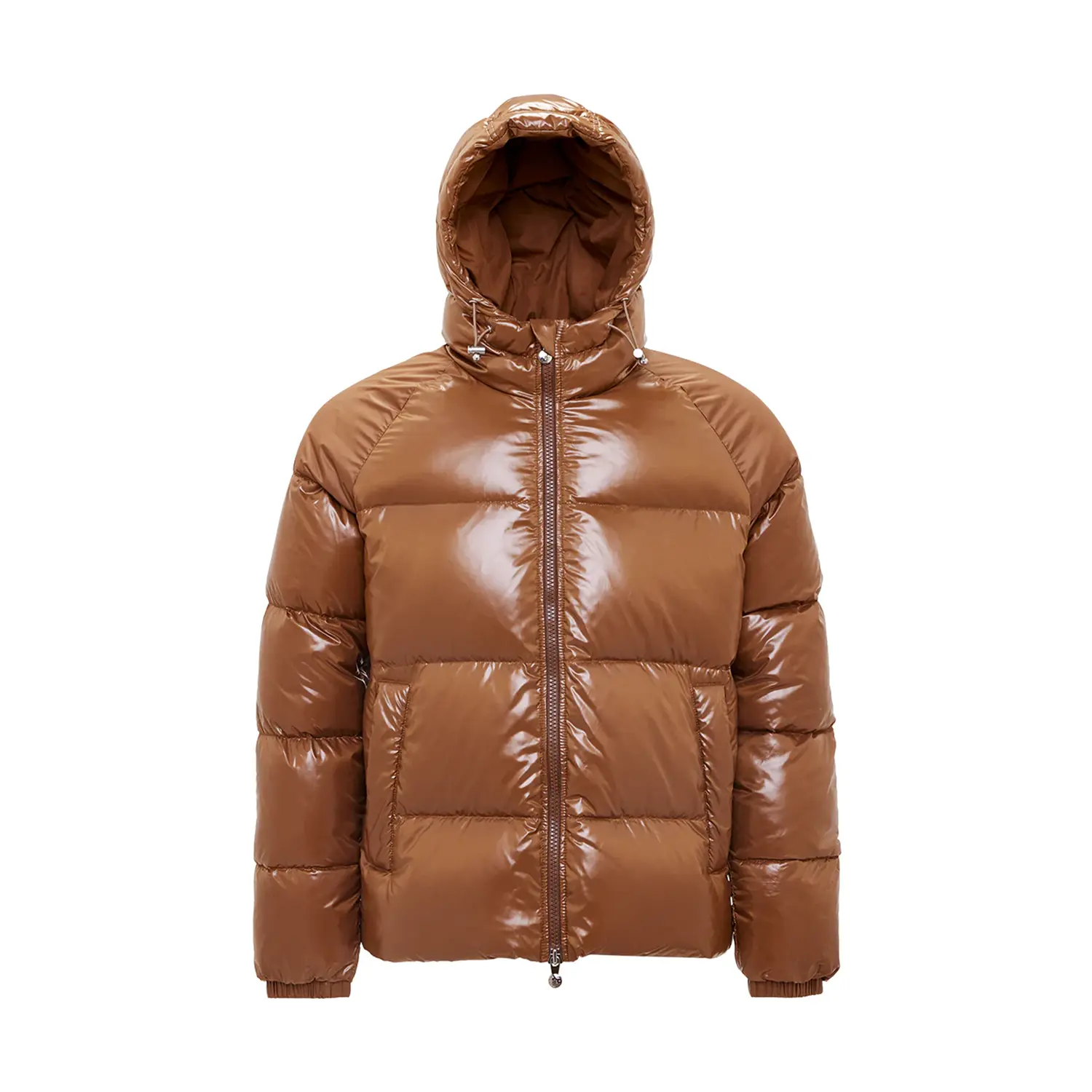
Is 800 fill down jacket waterproof?
Down isn’t waterproof on its own, but most good 800 fill jackets have water-resistant coatings and fabrics.
They put special water-repellent coatings on the outside fabric that makes water roll right off instead of soaking in. The down itself might get treated too, so it stays fluffy even if it gets a bit wet.
But if it’s pouring rain for a long time, even the best jacket will get soaked and stop keeping you warm. If you’ll be in wet weather, get a jacket with waterproof layers like Gore-Tex. Just know they’ll be heavier and bulkier. A smart move is throwing a rain shell over your down jacket when it starts to rain or snow. Take good care of it – wash it regularly with special soap to keep the water protection working. And don’t store it squished – that wrecks the down.
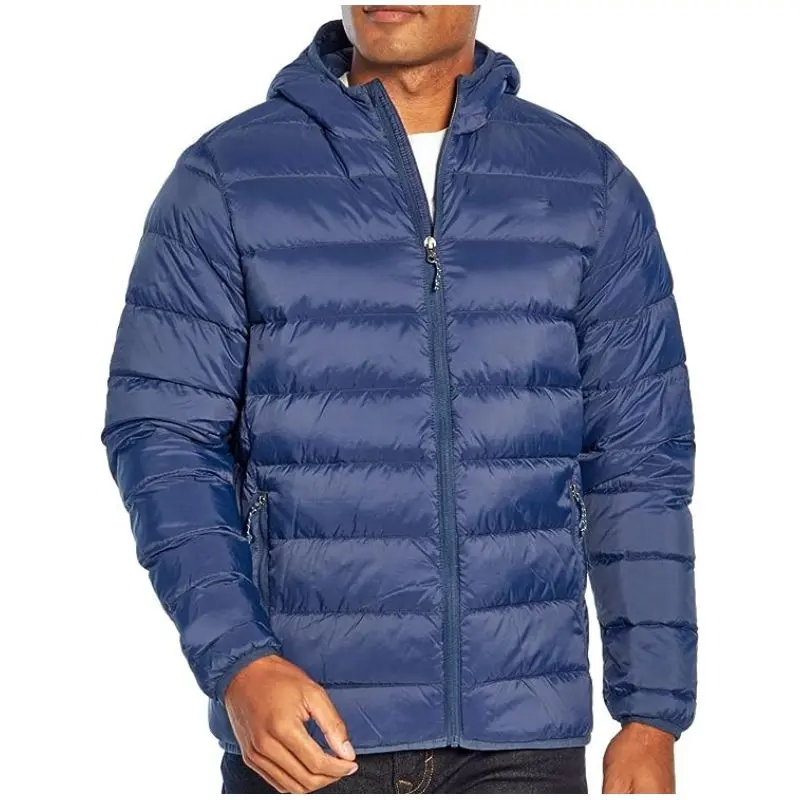
How to wash 800 fill down jacket?
Washing these jackets needs some care to keep them fluffy and working right.
Use a front-load washer with warm water and special down soap. The agitator in top-loaders can wreck the down. Don’t use regular laundry soap – it takes out the down’s natural oils.
Wash it with similar stuff to balance the load. Throw in some tennis balls or dryer balls to help fluff it up when drying. Make sure all the soap gets rinsed out – leftover soap pulls in moisture. Dry it on low heat, stopping now and then to pull apart any clumps. This might take a few hours. Don’t dry clean these jackets – the chemicals ruin the down’s natural oils. Spot clean small stains between full washes to make the jacket last longer. Keep your clean jacket in a cotton bag, not stuffed tight. Squishing it for too long wrecks the down for good.
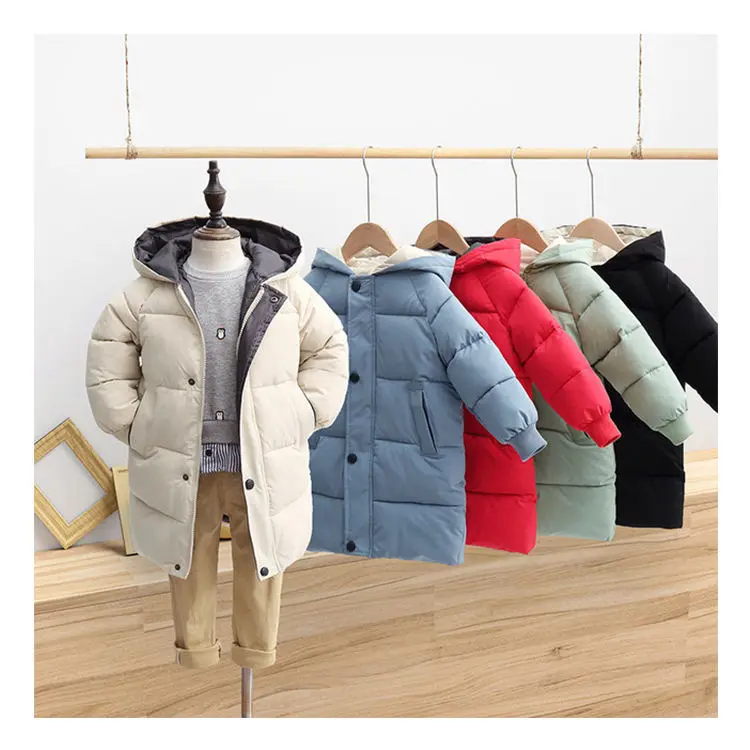
What brands make best 800 fill jackets?
Lots of outdoor companies make great 800 fill jackets, each with their own perks.
Canada Goose and Moncler make fancy city styles with top-notch work, but you’ll pay big bucks. Arc’teryx and Patagonia are tops for outdoor performance, with smart designs and ethical down.
Mountain Hardwear’s Ghost Whisperer is the gold standard for super light packs. Feathered Friends is for climbers who need serious warmth. REI’s own brand gives you good bang for your buck. When picking a brand, think about where the down comes from (look for RDS certification), the warranty, and customer service. The expensive brands usually have better outer fabrics and smarter designs that make them worth the price. People rave about how long Patagonia jackets last and how well Arc’teryx fits. Pros often pick Mountain Hardwear for big trips.
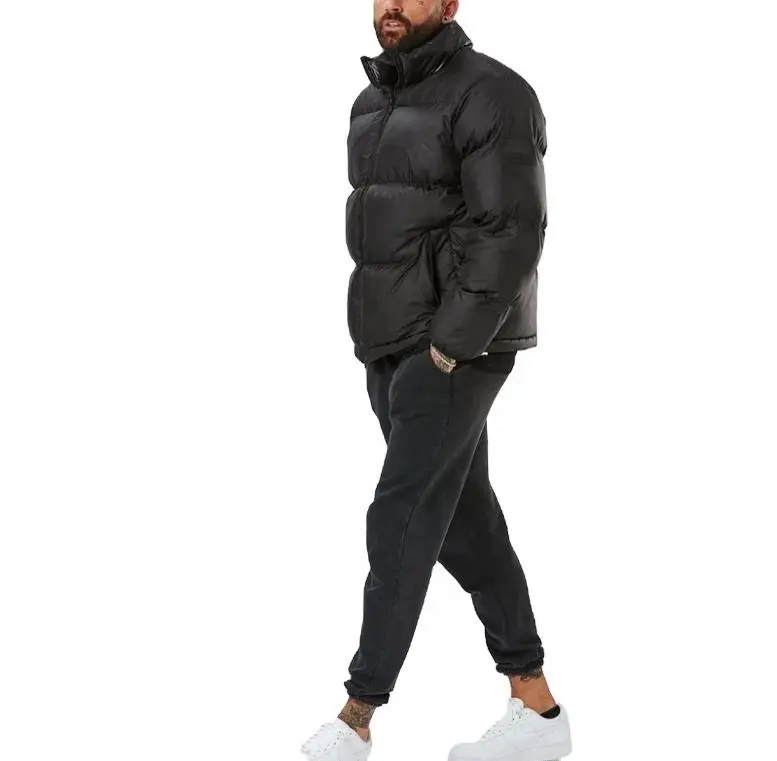
Are 800 fill down jackets durable?
High-quality 800 fill down jackets can last 10 years with proper care, making them excellent long-term investments.
How long it lasts depends on a few things: how thick the outer fabric is (15D-30D is a good middle ground), how well it’s sewn, and how the down pockets are made. Box-baffle jackets are warmer but have more weak spots than sewn-through ones.
The down stays fluffy for ages if you keep it dry and don’t squish it in storage. Spots that get lots of wear like cuffs and pockets usually have tougher fabric. The best brands really put their jackets through the wringer with washing and wear tests. Synthetic insulation breaks down faster when squished and washed, but down bounces back better and lasts longer. But down jackets aren’t great for rough stuff like backpacking with heavy loads – the thin fabric can rip easier than thicker coats. For city life with some outdoor fun, an 800 fill jacket usually lasts way longer than cheaper ones.
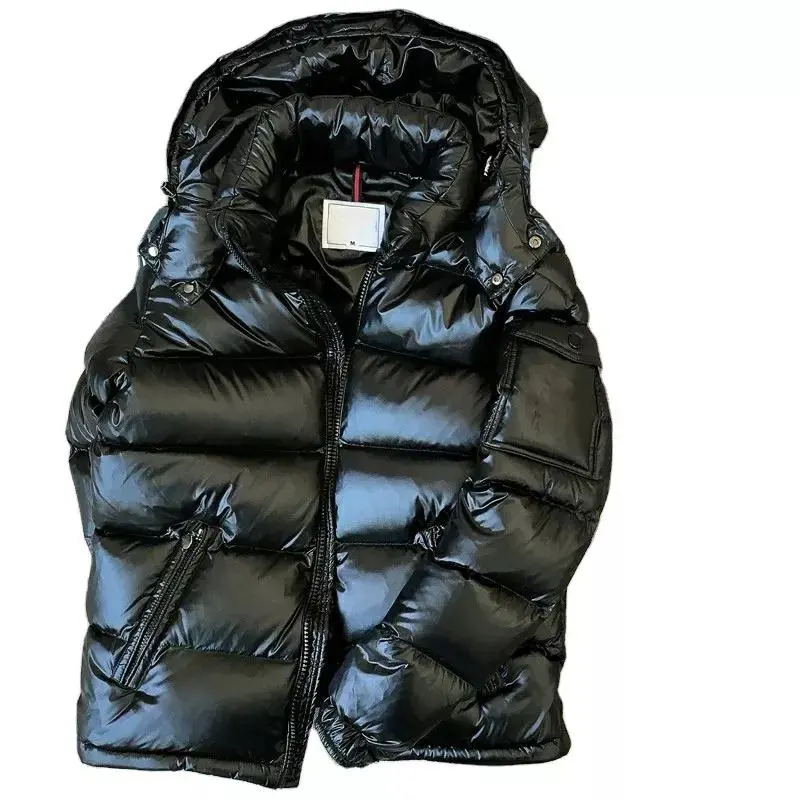
How to pack 800 fill down jacket?
Packing your down jacket right keeps it fluffy and warm.
When traveling, you can squash it in a compression bag for a few days, but longer wrecks the down for good. On backpacking trips, pack your jacket last so you can grab it fast when it gets cold.
It can also cushion breakable stuff in your bag. Lots of good jackets come with their own stuff sack that you can clip to your pack. Don’t always fold it the same way – that wears out the seams. For seasonal storage, hang it loose or put it in a breathable bag in a cool, dry spot. Never store it squished – that’s the quickest way to wreck its warmth. Give it a good shake after wearing to fluff it back up. For flights, wear it through security to save space and make sure you don’t lose your pricey jacket.
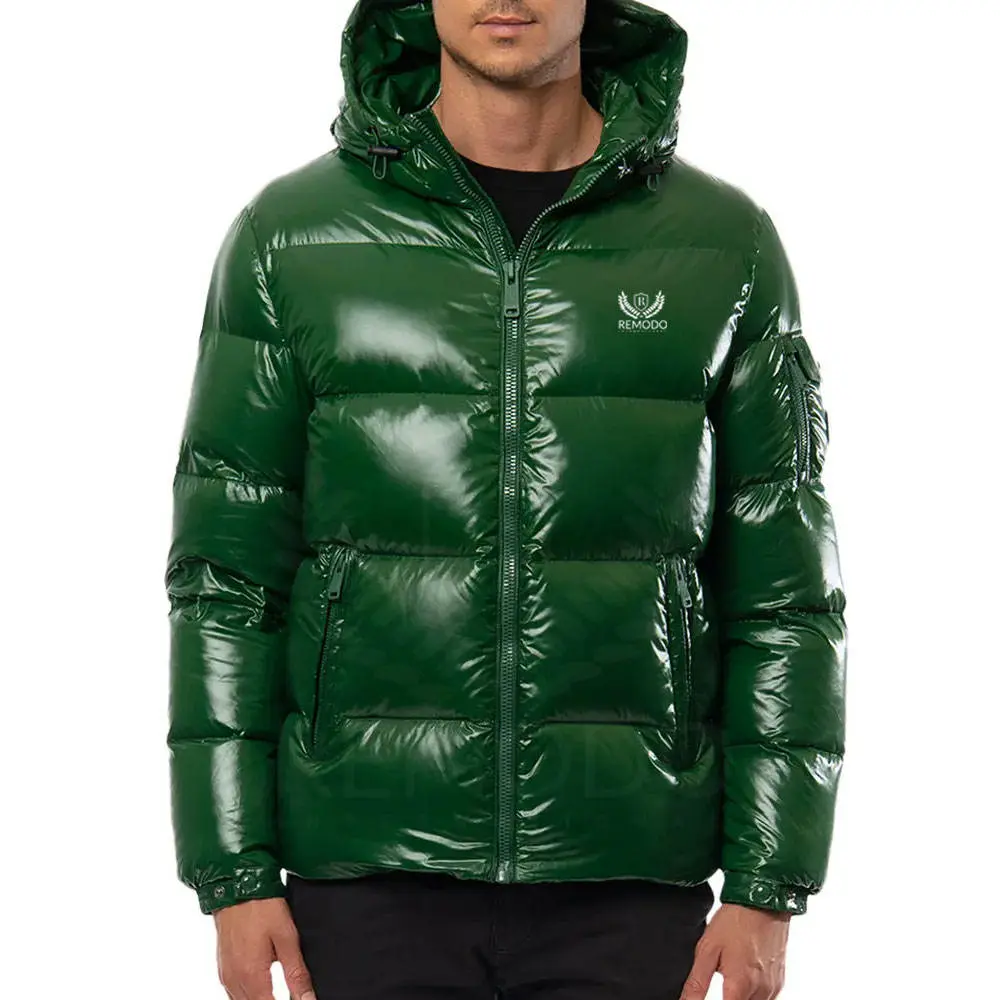
Can 800 fill down jacket get wet?
Today’s 800 fill jackets resist water but aren’t waterproof – they don’t work well when soaked.
Special treatments keep about 60% of the fluff when wet (vs 20% without), but too much rain still messes up the warmth. When wet, the down clumps together and can’t hold heat well.
If it gets wet, shake it out and dry it on low with dryer balls to get the fluff back. Don’t wring it out – that wrecks the down. In wet or humid weather, think about a synthetic jacket or layering up instead. Some folks carry both – down for dry cold, synthetic for wet. The outer fabric matters a lot – tighter weaves and stuff like Gore-Tex keep water out longer but make it heavier. Always check the weather and bring a rain shell if it might rain or snow.
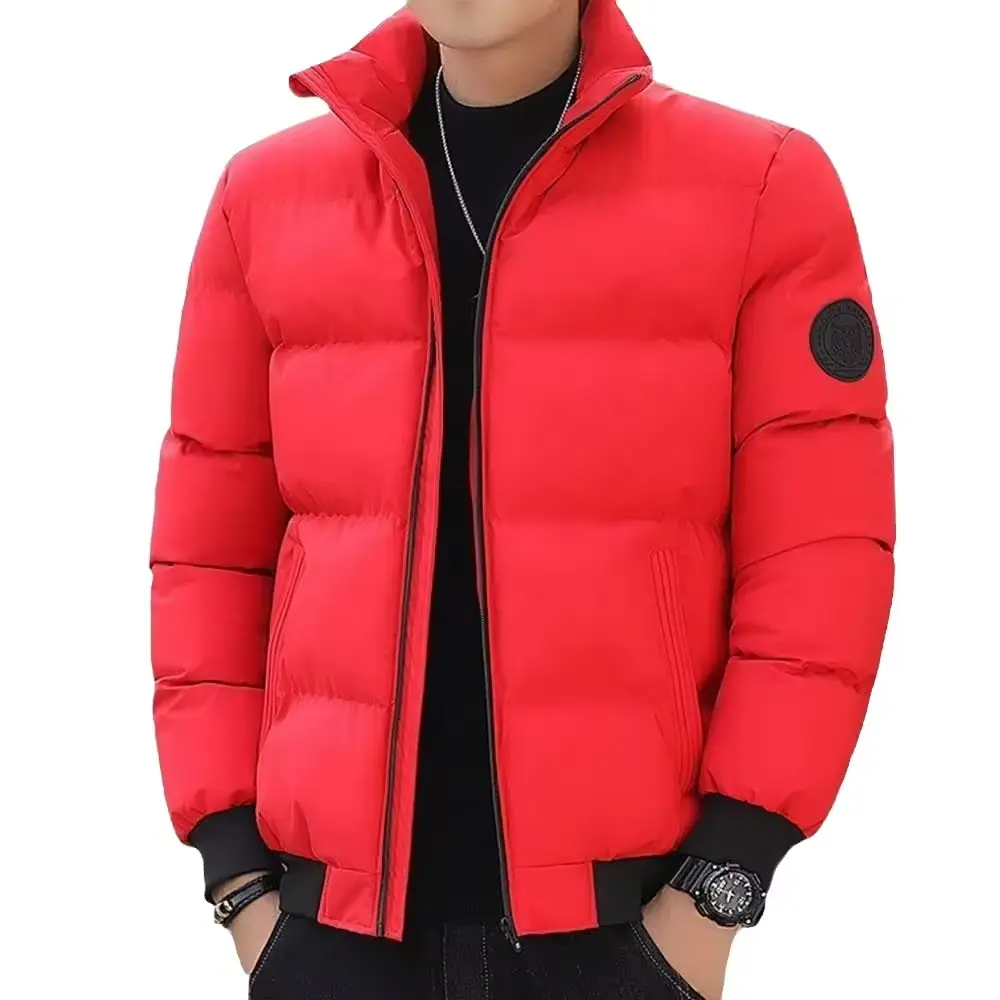
What temperature for 800 fill jacket?
An 800 fill jacket is perfect for 10°F to 30°F (-12°C to -1°C) on its own, or even colder with layers.
How warm you feel depends on things like: how long the jacket is, how the down pockets are made, wind protection, and how your body handles cold. They’re awesome for staying still in dry cold, like camping or city walks.
Active pursuits like skiing or hiking generate body heat, potentially making 800 fill too warm above freezing unless in extreme conditions. Many manufacturers provide temperature ratings, but these assume proper layering and average activity levels. Women often prefer slightly higher fill power as they generally feel cold more intensely than men. In windy conditions, a windproof shell significantly enhances the jacket’s effective temperature range. For versatile use, consider an 800 fill jacket with pit zips or ventilation options to regulate overheating during variable activity levels.
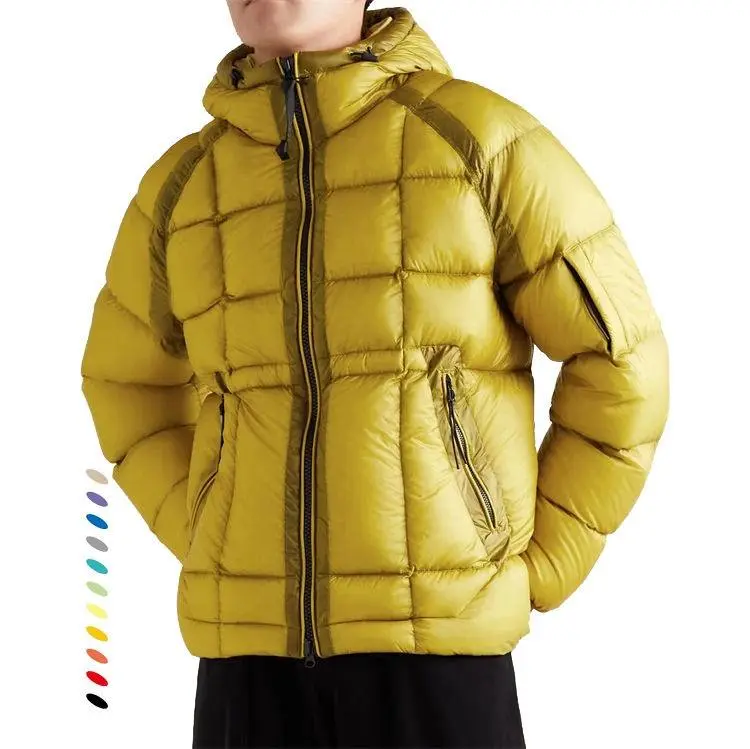
How much does 800 fill jacket weigh?
Premium 800 fill down jackets typically weigh between 10-24 ounces (280-680 grams), making them among the lightest warm jackets available.
The lightest models (like Mountain Hardwear Ghost Whisperer at 8.5oz) achieve this through minimalist designs and ultra-thin shell fabrics, while longer parka styles with more features weigh proportionally more.
Compared to synthetic insulation, down provides about three times more warmth per ounce, a crucial advantage for backpackers and travelers. Even heavy winter parkas with 800 fill down weigh significantly less than their synthetic counterparts – a Canada Goose Expedition parka weighs about 5 pounds compared to 7 pounds for comparable synthetic versions. Weight distribution also matters – well-designed jackets place more insulation where it’s needed most (core and back) while reducing bulk in arms. When evaluating weight, consider the warmth-to-weight ratio – some slightly heavier jackets offer dramatically better performance through superior construction and fabric technology.
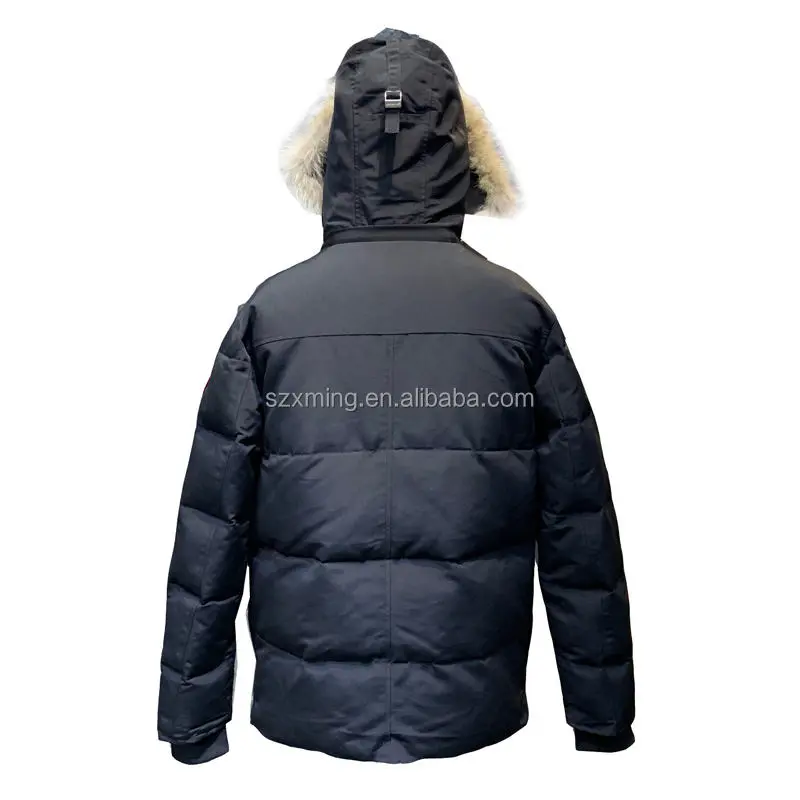
Is 800 fill down jacket ethical?
The ethics of 800 fill down jackets depend largely on sourcing practices, which vary significantly between brands.
Responsible Down Standard (RDS) certification ensures ducks and geese aren’t force-fed or live-plucked, addressing major animal welfare concerns. Top brands now trace their down supply chains rigorously, with some using only byproduct down from the food industry.
Patagonia’s Traceable Down Standard and The North Face’s Responsible Down Standard go beyond basic requirements, auditing farms annually. However, the highest fill powers typically come from older birds, raising questions about industry practices. Vegan alternatives like PrimaLoft Gold Insulation mimic down’s properties but currently can’t match its warmth-to-weight ratio. Environmentally, down is biodegradable and has a lower carbon footprint than synthetic alternatives over its lifespan. Consumers should research brands transparency reports and certifications. Some manufacturers now offer recycled down, diverting material from landfills while maintaining high performance. Ethical shoppers should balance animal welfare concerns with environmental impact when choosing between down and synthetic options.
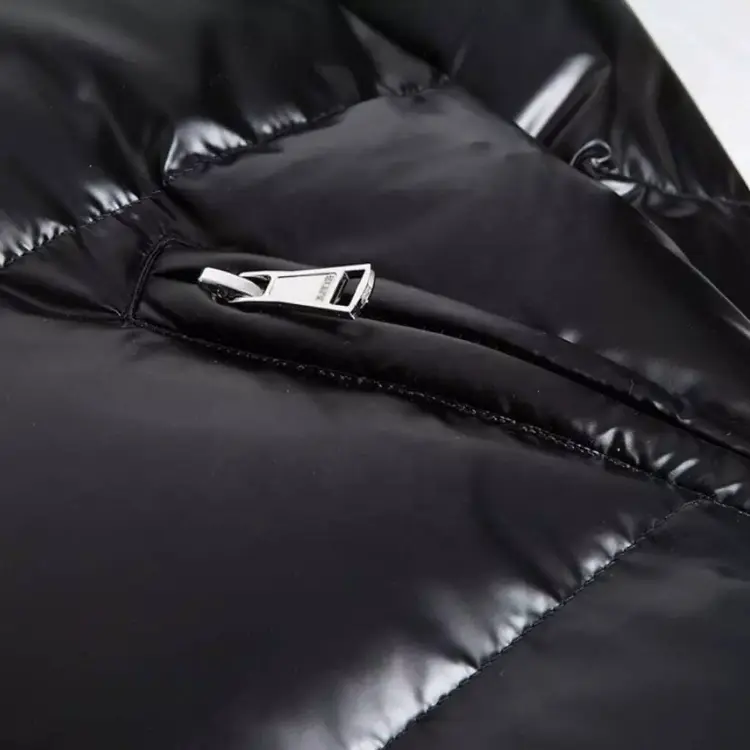
Why choose 800 over 650 fill?
Choosing an 800 fill down jacket over 650 fill offers several advantages for discerning users.
The higher fill power provides about 23% more warmth for the same weight, allowing for lighter jackets without sacrificing insulation. This makes 800 fill ideal for activities where every ounce matters, like backpacking or alpine climbing.
The superior loft also creates more dead air space for heat retention, performing better in extreme cold. In practical terms, an 800 fill jacket packs smaller – crucial for travelers and adventurers with limited space. Durability is another factor – higher fill power down maintains its loft longer with proper care, often outlasting lower-quality down by years. However, 800 fill commands a 30-50% price premium over 650 fill, making the choice dependent on budget and intended use. For casual urban wear in moderate winters, 650 fill may suffice, while serious outdoor enthusiasts will appreciate 800 fill’s performance edge. The difference becomes most apparent in weight-sensitive applications and extreme conditions where maximum warmth is essential.

How to repair 800 fill down jacket?
Repairing an 800 fill down jacket requires specific techniques to maintain its performance.
For small tears or holes, use tenacious tape or specialized down jacket repair patches applied to clean, dry fabric. Down leaks can be stopped by gently pushing escaped feathers back through the original hole with a toothpick before sealing.
For seam failures, hand-stitch with fine nylon thread, being careful not to pierce adjacent baffles and create new down escape routes. Many manufacturers offer professional repair services for significant damage, often worth the cost for premium jackets. Replenishing DWR coatings restores water resistance – use tech wash followed by spray-on or wash-in DWR treatments. For baffles that have lost loft, tumble drying with tennis balls often revives them. Avoid standard fabric glues which can stiffen the flexible shell fabrics. When the shell fabric wears thin but the down remains good, some specialty outdoor gear shops can re-shell jackets. Regular maintenance like cleaning before storage and prompt repair of minor issues significantly extends the jacket’s lifespan.
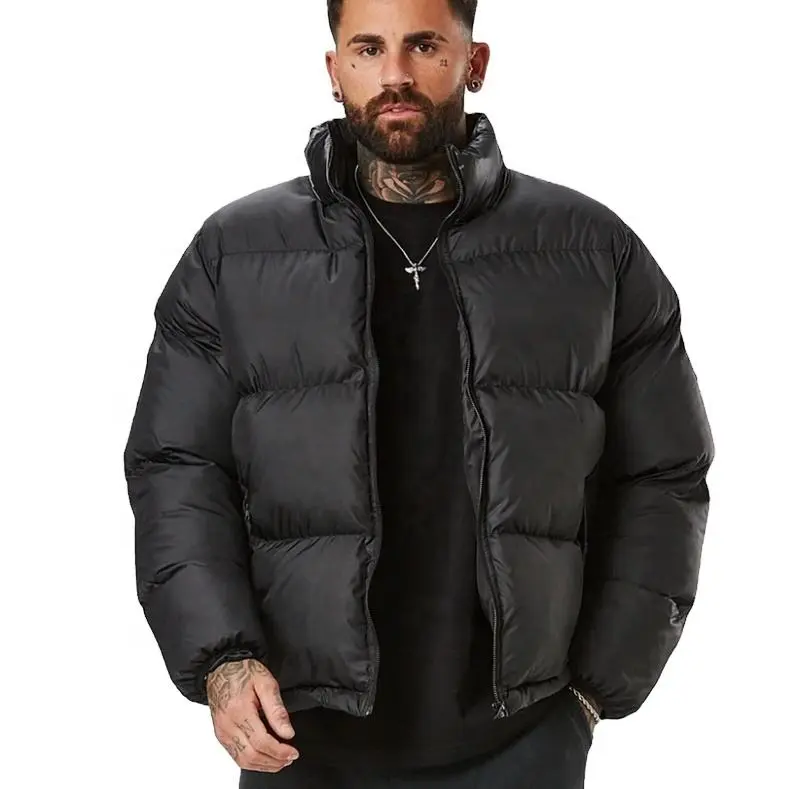
Best layering with 800 fill jacket?
Effective layering maximizes an 800 fill down jacket’s versatility across changing conditions.
Start with a moisture-wicking base layer (merino wool or synthetic) to keep skin dry. In extreme cold, add a mid-layer fleece or lightweight down vest for core warmth.
Your 800 fill jacket serves as the insulating outer layer in dry cold, or can be paired with a waterproof breathable shell in wet conditions. For maximum versatility, choose a down jacket with adequate room for layering without compression – the down needs space to loft properly. Ventilation options like pit zips help regulate temperature during activity spikes. In urban settings, a thin sweater under your down jacket often suffices for most winter conditions. Remember that down works best when kept dry – if you anticipate sweating during activity, remove layers or ventilate before moisture accumulates. For mountaineering, many professionals use an 800 fill belay jacket over their shell when stationary, removing it during activity to prevent overheating. The layering system’s effectiveness depends on balancing insulation with moisture management throughout activity levels.
Investing in an 800 fill down jacket represents a significant decision that pays dividends in warmth, comfort, and longevity when approached knowledgeably. By understanding these twelve crucial aspects – from temperature performance to ethical considerations – you’re equipped to select the perfect jacket for your needs and climate.
Remember that proper care dramatically extends your investment’s lifespan, while informed layering unlocks its full potential across diverse conditions. As winter approaches, take time to evaluate your current cold-weather gear and consider upgrading to an 800 fill down jacket that will serve you faithfully for years of adventures, both urban and wild. Your future warm and comfortable self will thank you for the research and investment made today.



